
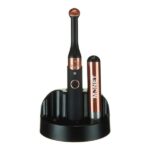

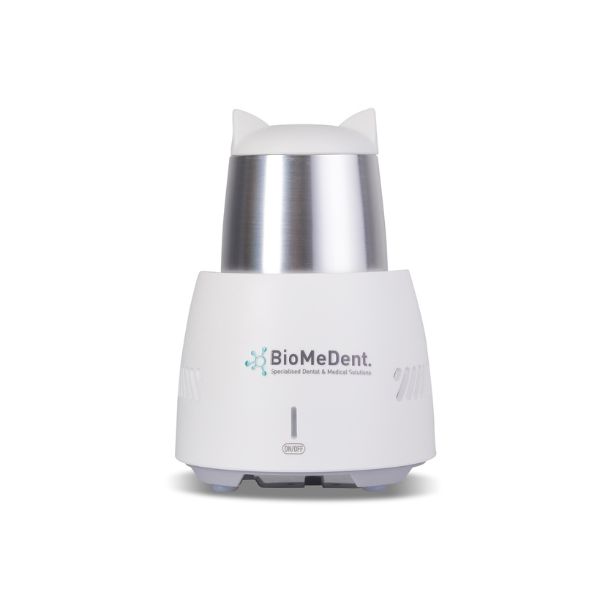
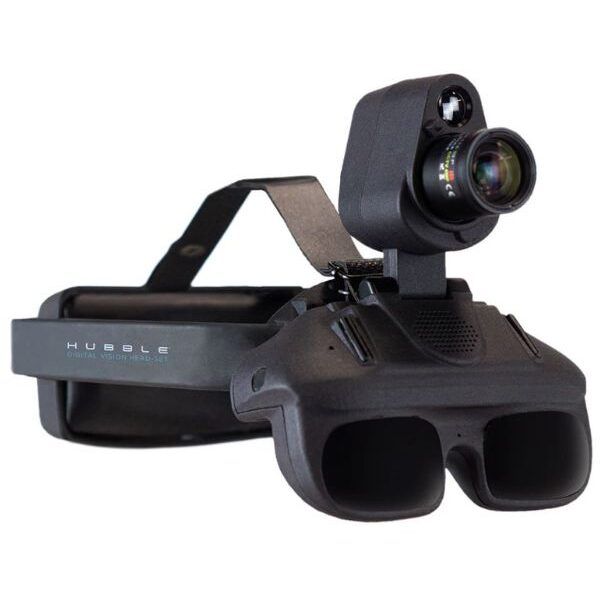
Monet Laser Curing Light
$3,850.00 Original price was: $3,850.00.$2,887.50Current price is: $2,887.50. inc. GST
Please be aware that backorders may occur, and the ETA could take up to 3 weeks if the item is out of stock.
Cures composites, luting cements, adhesives, and sealants in 1 Second
-
ADA Queensland Multi-Wave Laser Training
(On-Demand course on clinical laser applications for Dentists practicing in QLD, TAS and WA)
In stock

Laser Curing Means Confidence
Laser curing has major advantages over LED curing. With the Monet laser cure, you will never have to worry about incomplete bonds or soft cures. The Monet laser produces a deeper cure than LED or any other light sources during the same exposure time.
Say goodbye to well known LED related problems like:
- LED technology was a significant advancement, but LED curing lights present their own set of challenges.
- LED lights create a light pattern that can be dispersed away from the curing target when the energy from the LED light waves disperse.
- LED is a dispersed light source emitting at random times and random directions.
- LED needs a complicated optical system to collimate and homogenize the light beam
Features:
- Each click is a 1-second cure up to 2.5mm
- 8mm curing depth capacity
- Cures composites, luting cements, adhesives, and sealants
- Reduces shrinkage and debonding
- Reduces potential for “soft bottoms”
- Consistent dispersion for a deep cure
- Bulk fills in 3 Seconds
Included with Purchase:
- Compact laser module in a handheld form-factor
- Optics for parallel beam within the form-factor
- Unrestricted rotatable head mechanism
- Convenient battery attachment mechanism
- 2-Year Warrant
FAQ
- How is the Monet Curing Laser an improvement compared to an LED curing light?
The Monet uses laser light (collimated beam) which makes it more efficient and accurate than LED light because it does not disperse or converge over distance.
The spot size and the energy dispersed remain consistent without weak or hot spots, regardless of the distance the light is from the target. - What is the spot size? and has it the ability to half-cure?
The Monet comes with 4 unique apertures for precision control of your laser. For preps near gingival tissues, please use one of the reducing apertures of 2, 4, or 6mm size to avoid light on gingival tissue or go even to the full width of 11mm.
The Monet also comes with a reducing aperture which cuts the power by 50% to give you even more custom control!
- Does the Monet curing laser cure all composites?
Yes! It has been tested with light and dark shades of the most used composites and performs even better than the leading LED curing lights. - What is the respective cure depth of different composites for a 1, 2 and 3-second cure?
Typically, the laser cure depths are as follows:
2-3 mm in 1-second (up to 2mm with the attenuator aperture)
3-5mm in two seconds
5 mm or more in three seconds
Make sure you refer to the depth matrix chart to verify the curing depth of different composite materials. - Will faster cure times cause more shrinkage?
Multiple independent tests (LINK TO DOCUMENT) showed no evidence that faster cure times with the Monet result in more shrinkage of composite material compared to LEDs. In fact, The Monet Laser showed less shrinkage and debonding at the bottom of the restoration compared to top-brand LED curing lights. - Does the Monet curing laser generate heat?
There are two possible meanings to this question. Here are the answers to both:
1- Does the tip or housing of the Monet feel hot to the touch?
No. The Monet laser source is inside the handle, there are no electronics or light sources in the tip.
Many LED curing lights have the LED right at the very tip. The electronic component generates some heat, and because the tip is very small, the heat reaches the outside surface quickly. The Monet doesn’t have this issue.
2-Will I feel heat if I aim the beam at my skin or a fingernail?
Yes. Although the light from a Monet laser doesn’t carry any heat, once the light reaches a surface that blocks the light, the energy is absorbed and converted to heat.
DO NOT ATTEMPT THIS! When used in this way, The Monet or an LED curing light can cause photodynamic tissue reactions, almost like a sunburn.
However, used correctly, targeting the composite and within the appropriate curing times, there will be no heat-related pain for the patient. - Is the Monet Curing Laser safe?
The same safety measures should be taken with the Monet unit as with any other laser: The dentist, the patient, and anyone else in the room should wear appropriate protective glasses.
The laser should not be activated until it is in the patient’s mouth and positioned over the area that will be cured.
When used according to the instruction manual, the Monet will provide safe and reliable results. - Is the Monet laser light broadband?
No, by their nature lasers emit light in a narrow bandwidth and generate a lot of energy within that bandwidth. The laser light is absorbed by the photoinitiator, and the high level of energy compensates for the narrow bandwidth of light.
Contrary to that, at a given wavelength, the LED light produces a relatively low amount of energy, necessitating the light to be broadband to provide sufficient energy for photoinitiation.
What is the degree of conversion (DC) of monomer to polymer compared to LED curing lights?
The Monet curing laser showed better DC with a 1 second cure time than the average 10 to 20 second standard cure time of LED curing lights while having less risk for shrinkage or soft bottoms.
The Monet Laser’s aiming beam is also blue. - Will the aiming beam start curing the composite? Can the aiming beam be used for a tack cure?
No in both cases. The aiming beam has a power output less than 3mW; it doesn’t have the intensity required to start curing the composite or adhesive. - Can the Monet laser really achieve curing, even a bulk fill, in just 3 seconds?
This depends on the composite and its shade, however, with the common brands of composites tested, a full cure to a depth of 8mm can be achieved with three cycles of the 1-Second cure. These can be performed with back-to-back laser curing cycles to achieve 8 mm depth cure on a bulk fill.
Typically, best practice is to layer 2-3mm of material and cure each layer at a time; the Monet laser’s 1-second cure helps to shorten the total time curing when instituting this practice. - What shall I do if the restoration is close to the pulp?
Use 2-3mm thickness and cure for 1-second. 4mm of material and more will benefit from two or three cycles back-to-back curing. - Can I use other batteries to run The Monet laser?
No. The battery provided with the Monet unit is carefully selected to run the laser source inside. Other batteries may not have the ability to run the Monet laser correctly, or could be overwhelmed and create the risk of damage to the unit or injury. - Can the Monet laser be used to whiten teeth?
No. Because the light is collimated and does not spread out over distance, the Monet laser would not cover even a portion of the arch. Using the Monet laser to whiten would be inefficient, and the intensity of light may lead to unintended results with the whitening product.
Useful Links & Research
-
Insights into Blue Light Laser Curing by Emeritus Professor Laurence J Walsh, a leading Australian dentist.
Insights into blue lasers for photopolymerization
- Clinicians Report® was impressed with the Monet more than any other curing light, that they said:
“High irradiance output produced faster and deeper polymerization than other light sources”
Gordon J. Christensen Clinicians Report - “The uniquely consistent energy delivered by the Monet is a game changer not only for thick increments of newer bulk fill composites but also for thinner increments of gold standard light cure resins and base materials used in deeper preparations.”–Alireza Sadr, DDS, PhD
Dr. Sadr’s Article - Orthodontics and laser curing are a match made in heaven!
“1-second curing by Monet laser yields similar results of 3-second curing by high power setting LED curing lights for the sheer bonding strength, degree of polymer conversion, and microhardness.”
White Paper Monet detailed breakdown of the science - “The laser curing light on 3M composite showed less debonding in both 8mm and 1mm distances, compared to LED curing light.”
-University of Washington School of Dentistry
Effect of new laser and LED light curing units on the adaptation of Bulkfill composites in deep preperations - Download Dr. John Flucke’s FREE CE ebook
Learn how the Monet Laser Curing light can improve the efficiencies in your practice.
Handheld Curing Lasers and Other Modalities to Increase the Clinical Efficiency of Bonding Procedures - On-Demand course on clinical laser applications for Dentists practicing in QLD, TAS and WA
ADA Queensland Multi-Wave Laser Training - Depth Matrix Guide of different composite materials
- In-vitro pulpal temperature increases when photo-curingbulk-fill resin-based composites using laser or light-emitting diode light curing units
- Additional information – Monet Curing Light
Revolutionary Practices
Learn about how other dentists have effectively integrated the Monet Laser Curing Light into their practices. Dr. Mike Ditolla sits down with dental professionals who have joined the 1-Second Curing Revolution.
| Brand |
cao |
|---|
Only logged in customers who have purchased this product may leave a review.


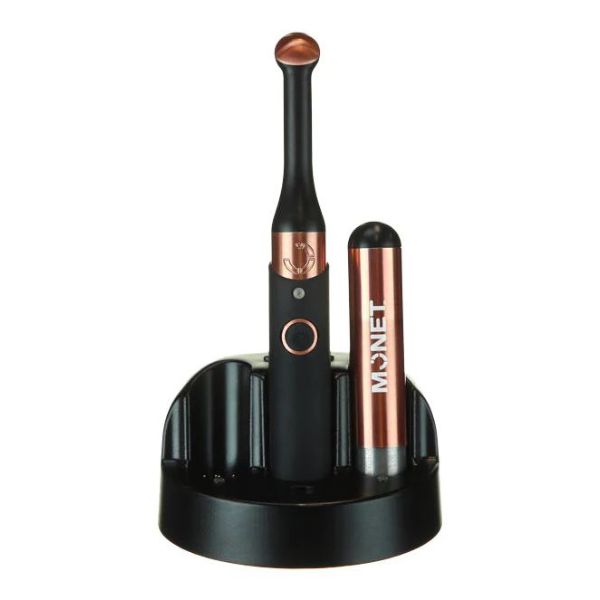

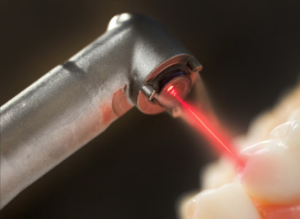
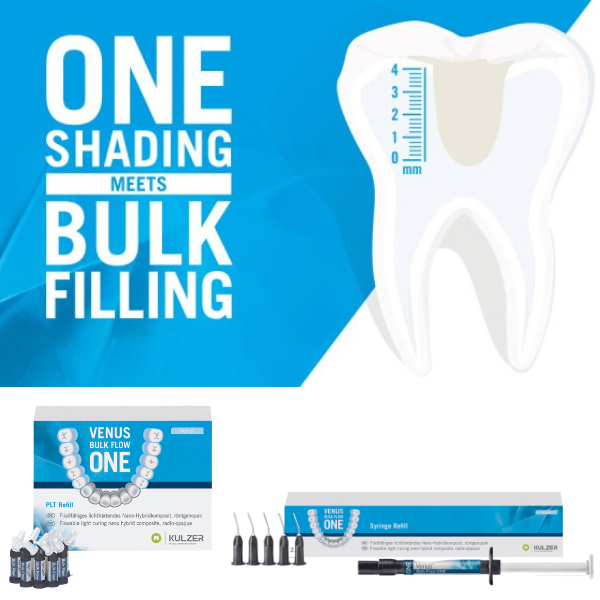
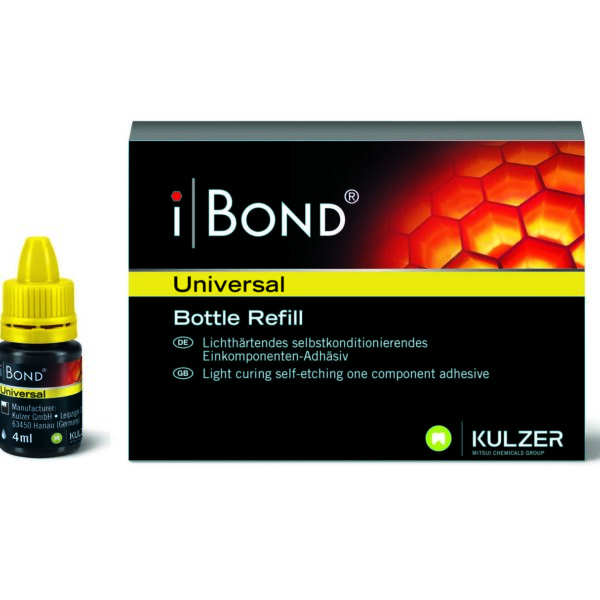


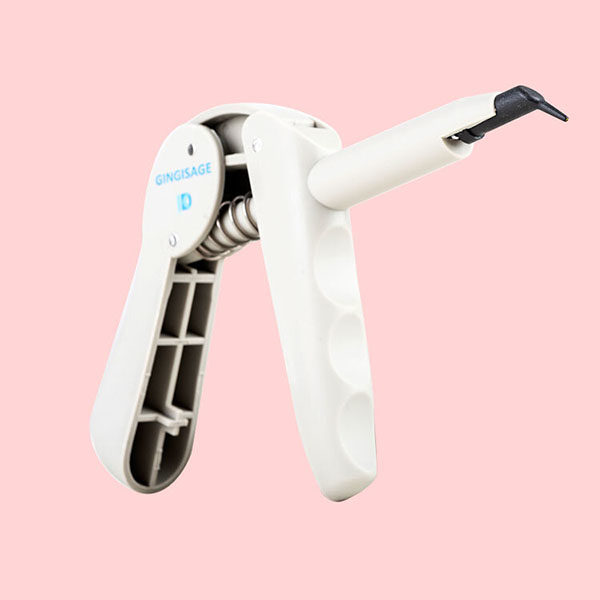
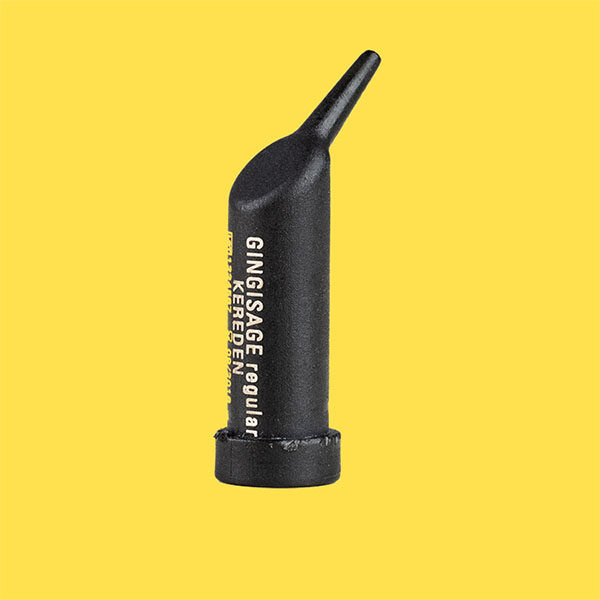
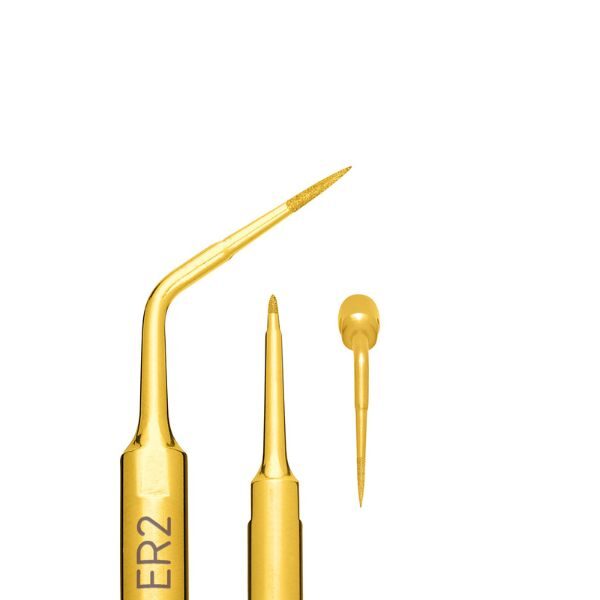
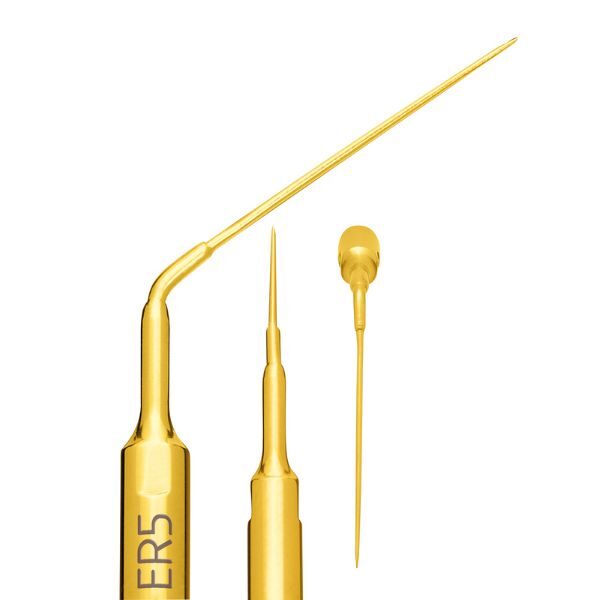
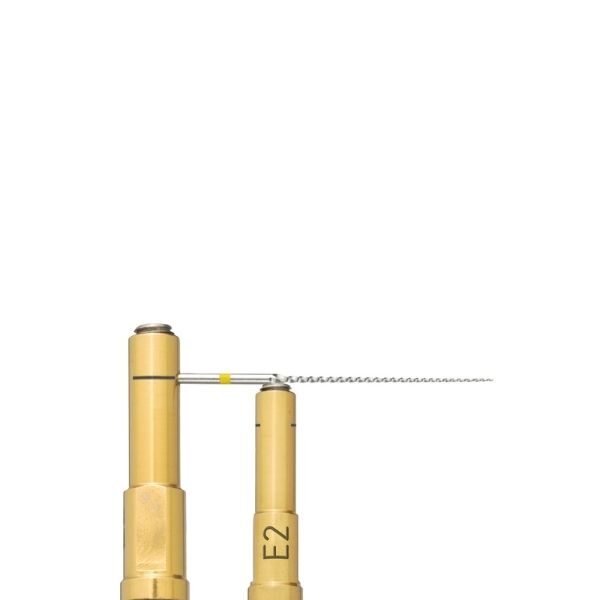
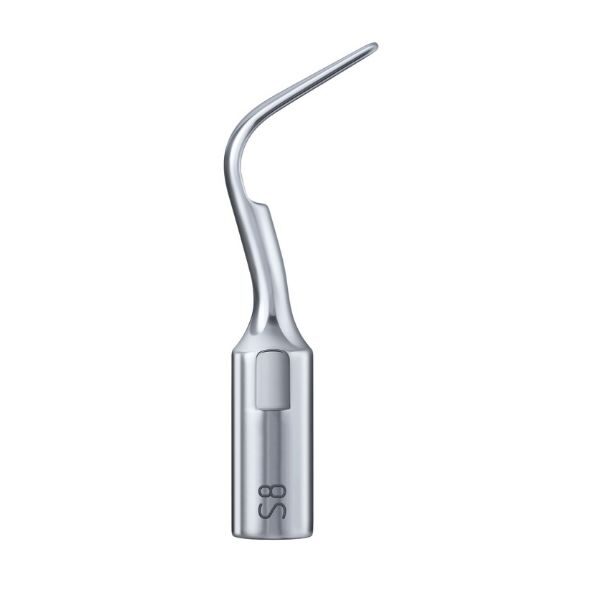
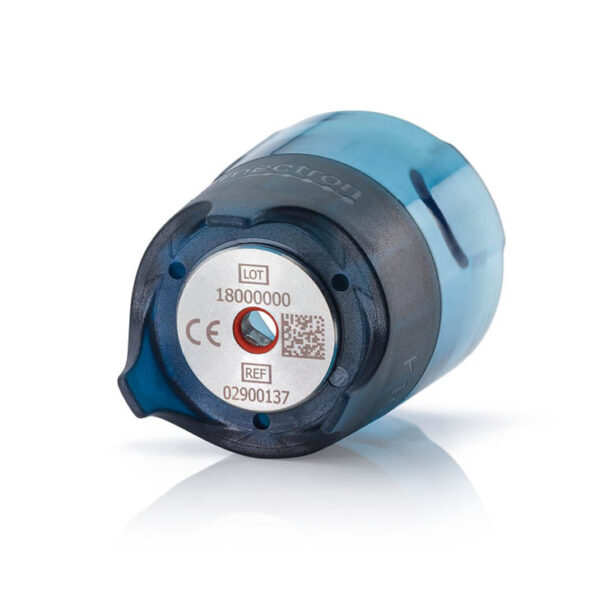




Reviews
There are no reviews yet